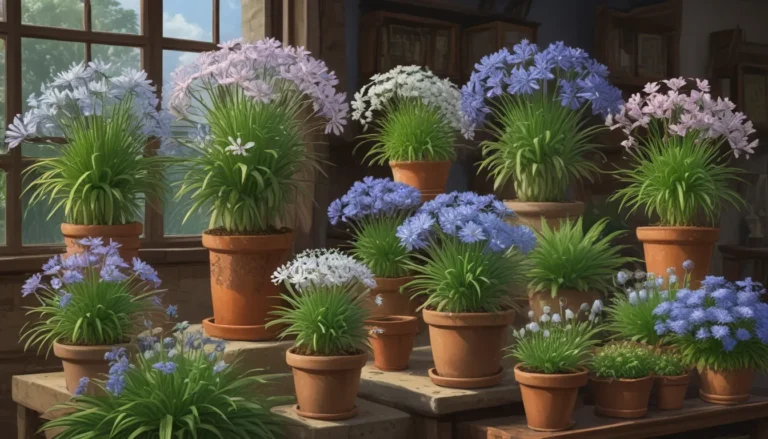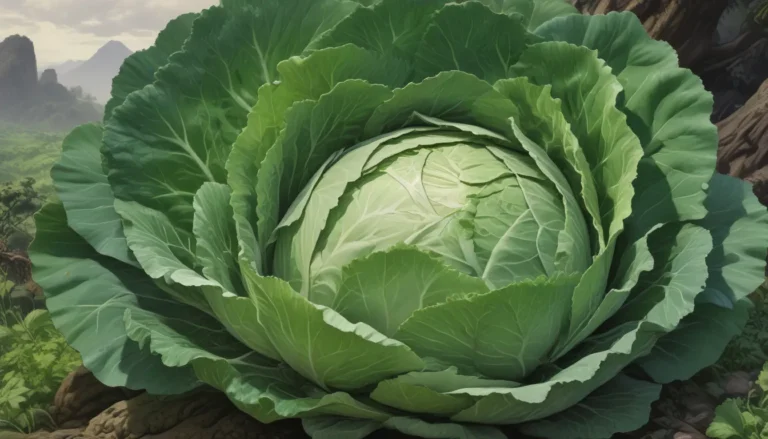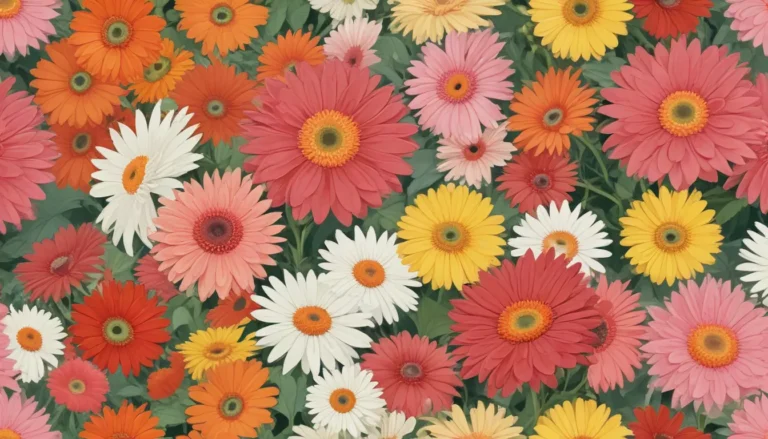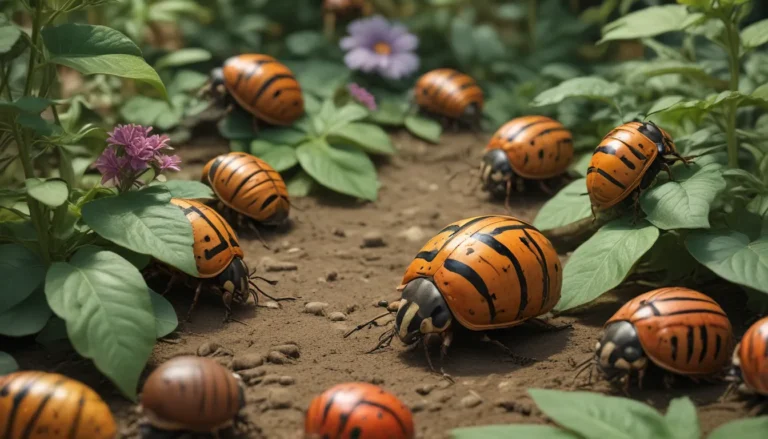The Ultimate Guide to Collecting Flower Seeds: How and When to Harvest Seeds from the Garden for Planting
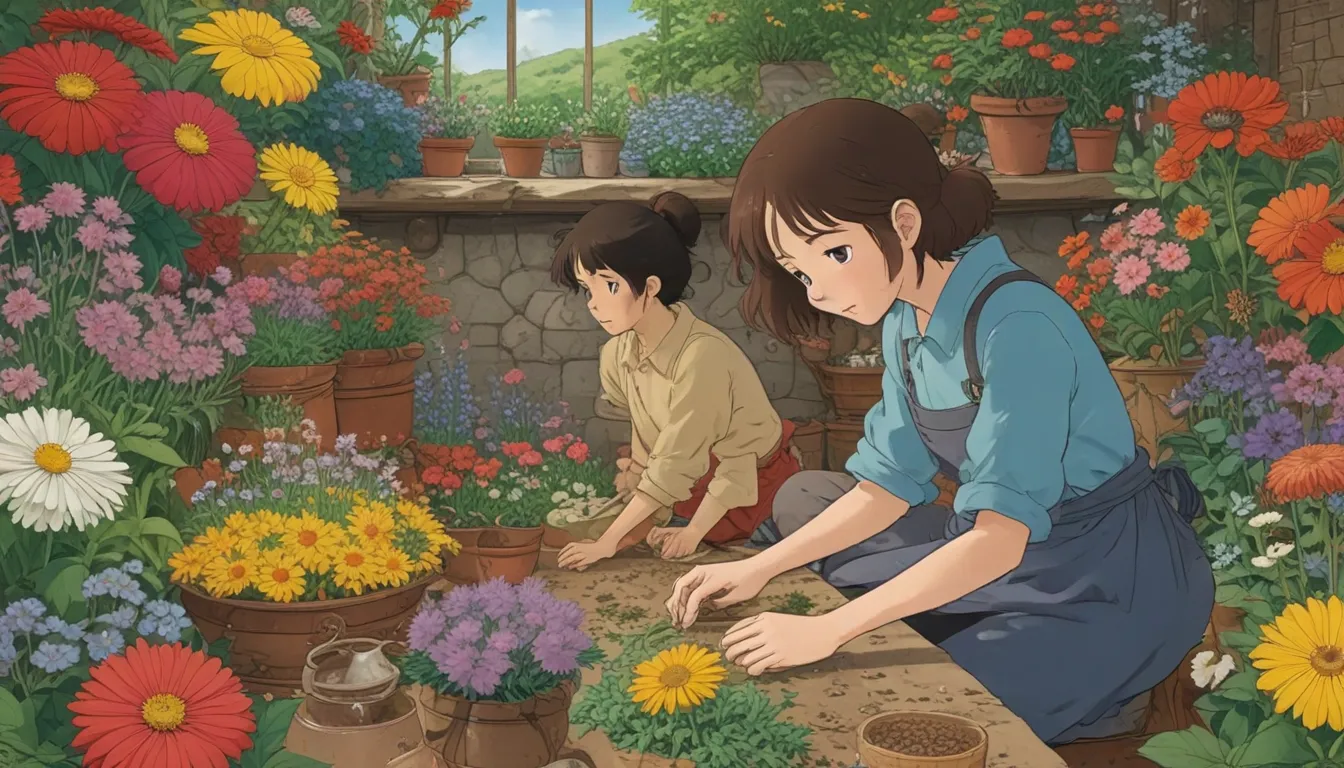
Are you tired of buying new seeds every season when you can easily collect them from your garden? Imagine having an endless supply of your favorite flowers waiting for you right outside your doorstep. Collecting and saving flower seeds is not only a cost-effective way to maintain your garden, but it also allows you to appreciate the full life cycle of your plants.
By selecting seeds from the healthiest, most beautiful plants each season, you have the opportunity to improve the quality of your garden year after year. Plus, you can even develop your own strains and hybrids, making seed saving a rewarding hobby. And let’s not forget the joy of sharing your bountiful harvest with friends and family!
In this comprehensive guide, we will walk you through everything you need to know about how and when to harvest flower seeds so you can save them for planting in the next season.
What You’ll Learn
Are you wondering if your flowers are heirlooms or hybrids? Curious about the best time to harvest your seeds? Want to know the proper techniques for collecting and saving seeds? This guide has got you covered!
- Are Your Flowers Heirlooms or Hybrids?
- When to Harvest
- How to Collect Seeds
- Techniques for Saving Seeds
Are Your Flowers Heirlooms or Hybrids?
Before you start collecting seeds, it’s essential to determine whether your flowers are heirlooms or hybrids. Heirloom seeds, also known as heritage seeds, have been passed down through generations and are open-pollinated. This means that you can save and replant heirloom seeds with consistent results each time.
On the other hand, hybrids are created through cross-pollination of two different plant varieties. While commercial hybrids labeled F1 may produce different offspring or be sterile, they can be used to experiment and create new hybrids if that’s your goal.
When shopping for seeds, look for packets labeled as heritage seeds to ensure you are starting with open-pollinated plants. Avoid hybrids if you plan to save seeds for future planting.
When to Harvest
To achieve the best results, harvest seeds from the healthiest, most vigorous flowers in your garden. Keep an eye on your plants throughout the growing season to identify those with the most abundant blooms. As the season progresses, pay attention to fading buds – these are the flowers you’ll want to harvest.
The ideal time to collect seeds is when the flowers die back, and the pods or seed heads turn brown and are easy to split open. While different plants flower at different times, late summer and fall are peak times for collecting from most annual varieties.
Some flowers, such as cleome and four o’clocks, self-sow quickly, so it’s best to harvest them before they spread naturally. Make sure to wait until the pods have reached a mature size and started to dry before harvesting.
How to Collect Seeds
On a dry, sunny day, use sharp, clean scissors to cut the pods or seed heads from the plant. Collect them in baskets or paper bags to prevent moisture build-up, as plastic can cause them to spoil. Label each bag to keep track of your seed collection.
Next, clean and separate the seeds from the husks or pods. For harder-to-separate seeds, leave them in the pods while they dry. For flowers with sharp flower heads, like echinacea, let the seeds drop out naturally into a paper bag.
For seeds with feathery chaff, use winnowing to separate the chaff from the seeds. Spread the seeds out to dry them, and once dry, transfer them to envelopes or jars for storage. Store the seeds in a cool, dark place to maintain their viability.
Techniques for Saving Seeds
After collecting and separating the seeds, spread them out to dry in a dark, dry location for about a week. Once dry, sieve them to remove any remaining chaff. Transfer the seeds to envelopes, paper bags, or jars for storage, making sure to label them with the plant’s name and date of collection.
Store the seeds in a cool, dark place to prevent them from being damaged or overheated. While the viability of saved seeds can vary, it’s generally a good idea to plant more than you think you’ll need to ensure successful germination.
As you collect seeds and save them for planting, you’ll fully realize the life cycle of your favorite plants and enjoy vibrant flowers year after year.
The Circle of Life
There’s something special about collecting seeds from your favorite flowers to plant next season. It’s a rewarding way to introduce new flowers to your garden while appreciating the beauty of nature’s cycle of growth and renewal.
Share your experiences with saving and replanting flower seeds in the comments below! If you found this guide helpful, explore our other articles on topics like saving native perennial aster seeds and sowing seeds for sweet spring blooms.
Remember, with a little time and effort, you can create a thriving garden filled with your favorite flowers, all from seeds you collected and saved yourself.
In conclusion, collecting and saving flower seeds is a delightful way to extend the life of your garden while enjoying the beauty of nature. By following these simple steps for harvesting and saving seeds, you can create a sustainable garden that blooms year after year. So get out there, start collecting, and watch your garden flourish with each new season!
